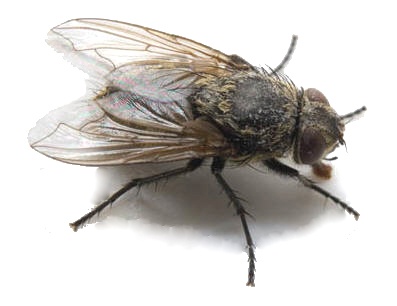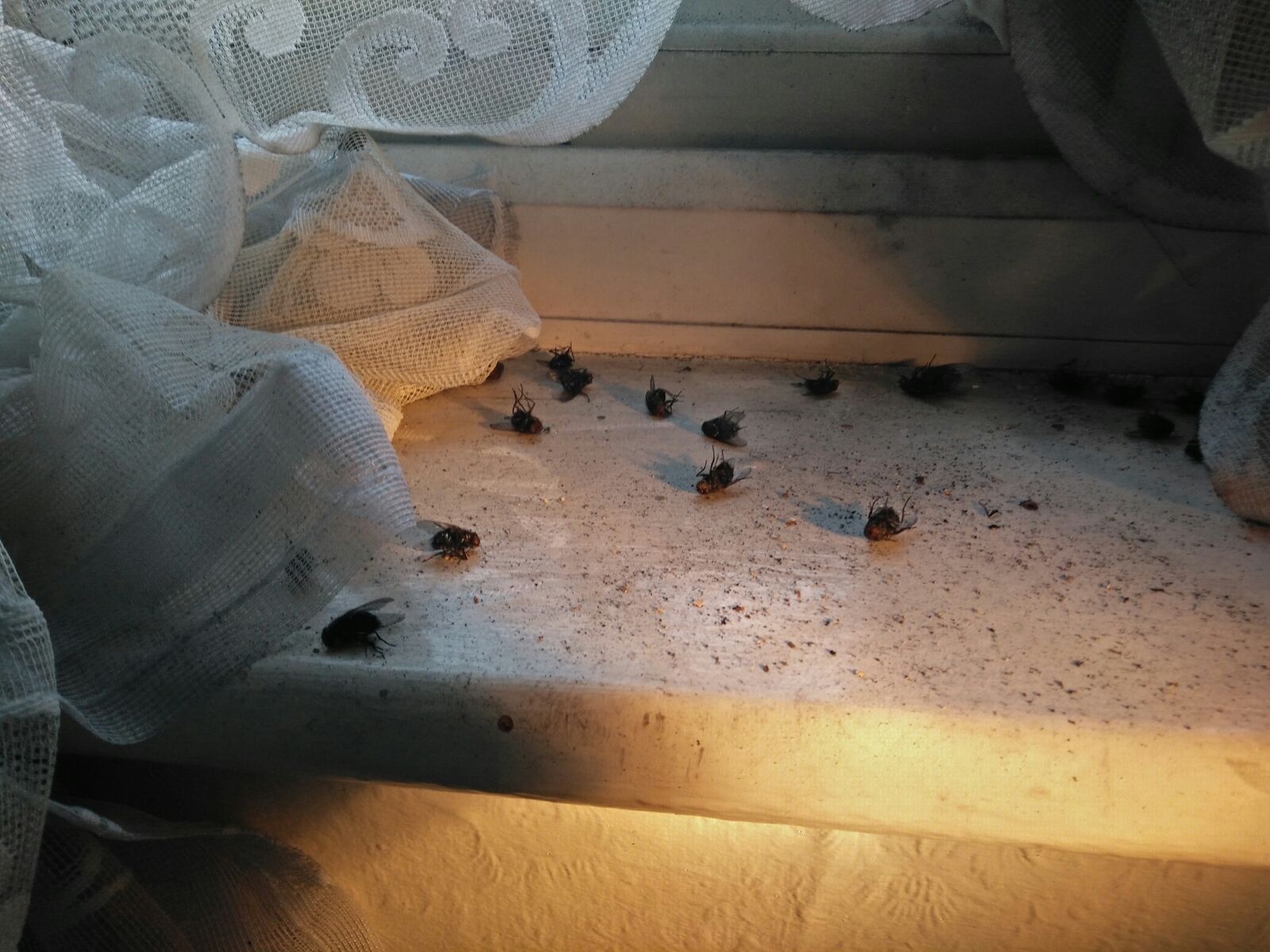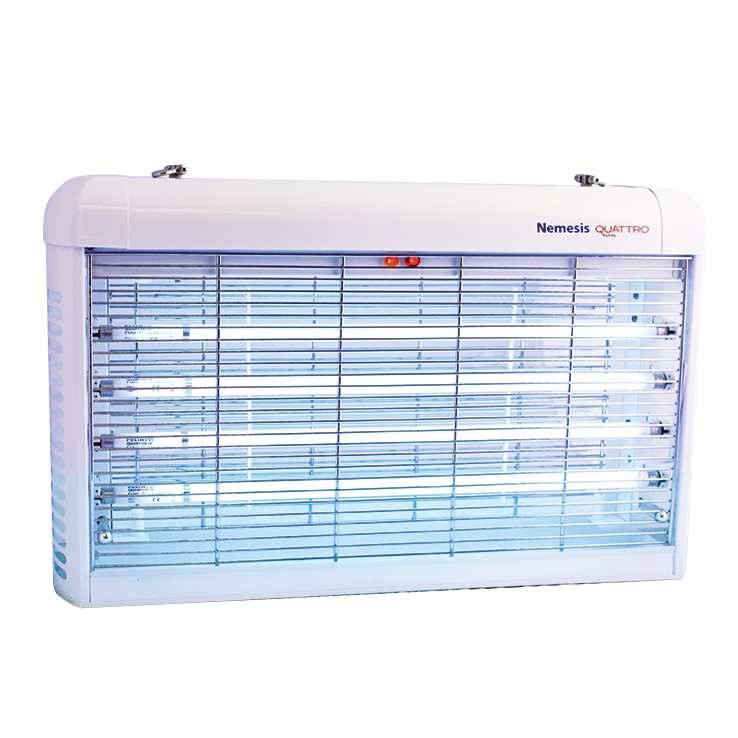Cluster Fly

These insects, sometimes called "attic flies", often become pests in homes. They usually appear in late fall or early winter and again on warm, sunny days in early spring. They buzz around the home and gather in large numbers at windows, often in rooms that are not regularly used.
The cluster fly is a little larger than the common housefly and moves sluggishly. It can be recognized by the short, golden colored hairs on its thorax, the part of the body to which the legs and wings are attached. The larvae, or maggots, of cluster flies develop as parasites in the bodies of earthworms.
The adult flies emerge in late summer and early fall and seek protected places to spend the winter. In many cases, this is within the walls, attics and basements of homes. Window screens offer no protection from the flies because they crawl in the home through small openings in the walls of the building. These same overwintering flies get into rooms during the winter and spring months entering through window pulley holes, around the baseboards and through other small openings in walls.
Controlling cluster flies after they’ve gained access inside a building is often difficult because they hibernate in inaccessible places. Hidden inside wall voids, behind electrical outlets, baseboards, or under insulation, they are immune to most treatments until they make their appearance within the living spaces of the house. If cluster flies have not yet infiltrated the structure, mechanical exclusion is the most effective way to prevent them from ever doing so.




